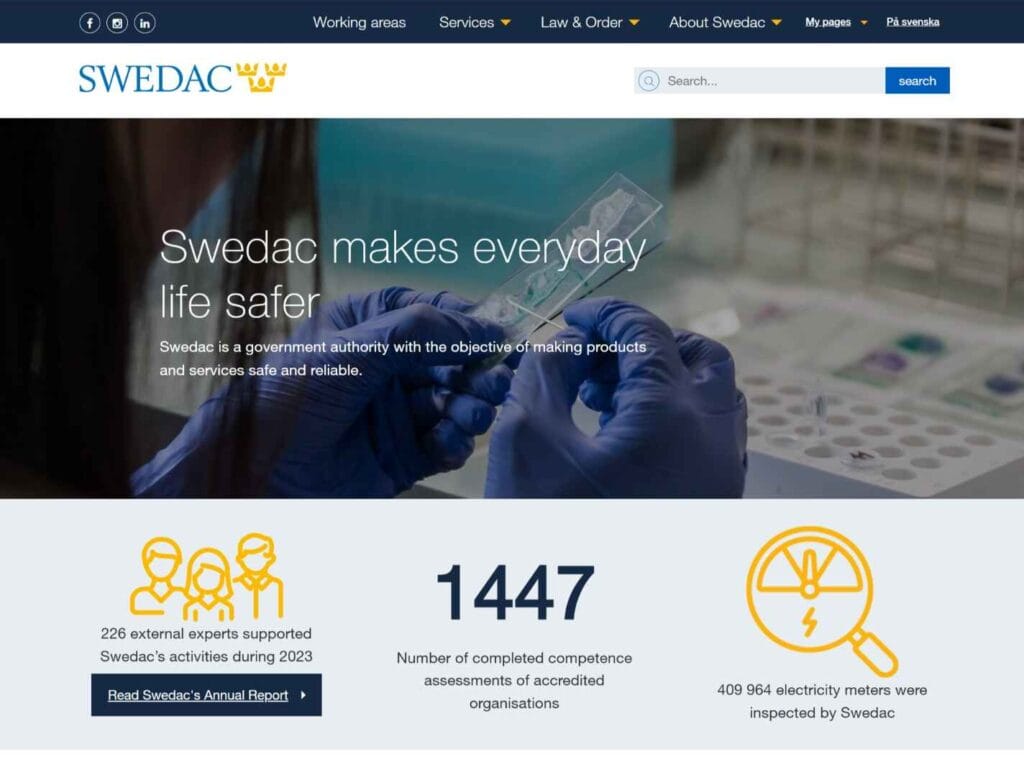
About to start a web shop? Here are 10 things you should think about
1. Stand out from the crow. There are a lot of web shops out there, so try to find a unique niche and target group. By focusing on niche articles you can end up high up in search results on Google, get mentioned in social media and thus push traffic to the page. It is also very important that the shop has good SEO support. To set up a shop without a connection to the outside world is a bit like opening up a physical store out in the wilderness and just hope for good sales …
2. A picture is worth a thousand words. Choose a clear picture that gives the articles justice. To give a good overall impression, it is also important that the pictures have the same lighting and imagery. If it is clothing that you are going to sell, then it is also an advantage to include a movie on a model wearing the garment. The consumer can easily see how the material moves, how the garment sits and you will probably get a faster decision.
3. Put some effort on categorization. It is worth adding some initial thoughts to finding a good way to categorize your articles and if you have many articles you can also connect the database with a quick search engine. This way, your customers can quickly find the products they like. No one likes to look for what they are looking for too long
4. Avoid the standard templates. There are plenty of ”ready to go” ecommerce templates out there which often are a hassle to customize or connect with stock, business and delivery systems. When the webshop takes off, then you will realize that you lack these functions and you kind of have to start over again. It is often the 80/20 rule that applies. The most important 20% of the features you want will take 80% of the time to set up. To be able to handle large volumes in your sales its important that every part in the order and supply chain is automated.
5. When you go out in the world. Then make sure that the web shop has support for several languages, different currencies and various shipping options. If your products are doing well at your home market then there are great opportunities that they also will sell well in other countries. There are also many third-party warehouses to hire in the countries you want to deliver to.
6. Always connect to a ERP. This way you avoid doing the same thing twice. The webshop’s sales go directly into the ERP (business system). Picking lists, order management and invoicing are done in your business system. With systems like Visma.net you can also synchronize articles, prices and customer info from the ERP directly in to your shop.
7. The Customers also wants some status info. So make sure your customers can see what’s happening with the package from order to delivery. A well-functioning transport system integration against the webshop lets you and the customer get a good overview of the deliveries. There are several good system suppliers to choose from. A good one is Unifaun which is well established and covers most shipping solutions.
8. No one wants to be first. People are always looking for confirmation on wheter their choices are right or not. Try to Get recommendations from satisfied customers as early as possible. If you have qualitative and affordable products, you will earn on it by getting great reviews. Launch campaigns and encourage customers to write recommendations. Always treat your customers well. A bad reviews is not good, so always give the customers some extra effort. You can also choose to push price on some selected articles to get high results on comparison pages. Remember that all customers you received today is also a customer group that you can send offers to later on.
9. Mobile shopping is on the Rise. More than 50% of all sales are from mobile phones. Make sure yours webshop is optimized for all types of browsers, tablets and mobiles. As well as certified for all browsers.
10. Hassle free payment. Make it easy to complete a purchase with an easy to use check out. Offer as many payment solutions as possible. Customers tend to shop based on their payment habits. For example, Visa, Mastercard, American Express, PayPal, Klarna, Swish etc. Keep in mind that payment habits also differ between countries.
Andreas Bagge, CEO
Visionmate AB

